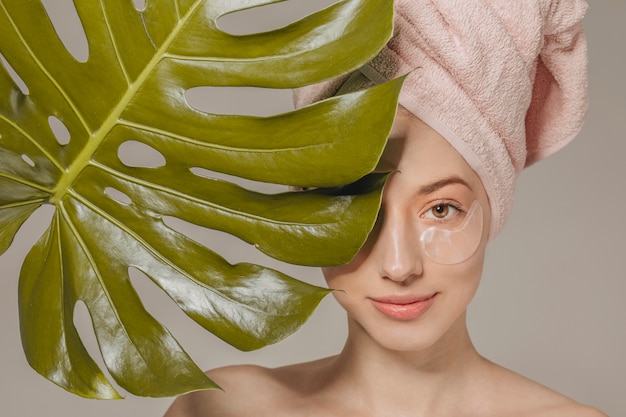

Our ancestors evolved over millions of years in small groups, constantly interacting and working together. Communication was crucial, and they used many methods daily, such as gestures, vocalizations, and facial expressions, to share information about external incentives and internal experiences like intentions, interest, or aggression. As we developed complex language, we also evolved the most expressive faces in the animal kingdom.
Our faces can show a wide range of expressions, like fear to signal alarm, interest to attract others, or kindness to build connections. These expressions include six basic emotions: happiness, surprise, fear, sadness, anger, and disgust, as well as more personalized and cultural expressions. For instance, I can tell when my wife thinks I’m being arrogant just by the look on her face.
There’s no point in having an expressive face unless we also developed the ability to understand these expressions. We have remarkable skills to recognize and interpret others’ facial expressions and infer their thoughts and feelings.
However, how often and how well do we use this ability? Walking down a busy street, standing in an elevator, or waiting in line, people often don’t really look at the faces around them. Even with familiar faces at home or work, we tend to tune out, make assumptions, or avoid looking to dodge uncomfortable emotions like anger or sadness. With the overflow of faces on TV and social media, it’s easy to become desensitized.
Neglecting to pay attention to faces can cost you valuable information about others’ desires, moods, and intentions. It can lead to missed opportunities for connection and cooperation and delayed awareness of issues like misunderstandings or hidden discomfort.
Moreover, staying attuned to others’ faces helps foster a sense of belonging and connection, which is essential for well-being and managing stress. It also allows others to feel seen and understood, which is crucial for building mutual respect and empathy. Globally, paying attention to faces can help strengthen the bonds that unite humanity.
So, try to be more open to the faces around you. Look at strangers you pass on the sidewalk, at the mall, or in restaurants. Also, engage with the faces of people you interact with and recall or imagine the faces of key people from your past.
As you do this, notice any challenges in receiving faces, as it requires opening up to others. Faces are intense stimuli due to our social nature, and this can sometimes be overwhelming or trigger longings for more closeness. Start with small doses and stay centered.
Also, be receptive to any positive emotions like compassion, kindness, or connection that these interactions may evoke. Embrace and internalize these feelings as they are a wonderful part of being human.
I have prosopagnosia, or facial blindness, which makes it hard to recognize faces. This condition poses many challenges, but I navigate life by reading subtle clues from other features like the eyes and mouth. Social situations are tough for me, but I plan to practice being open to faces, allowing any feelings of fear or confusion to arise. I aim to approach this mindfully and feel a sense of relief just thinking about it. Thank you for this suggestion.